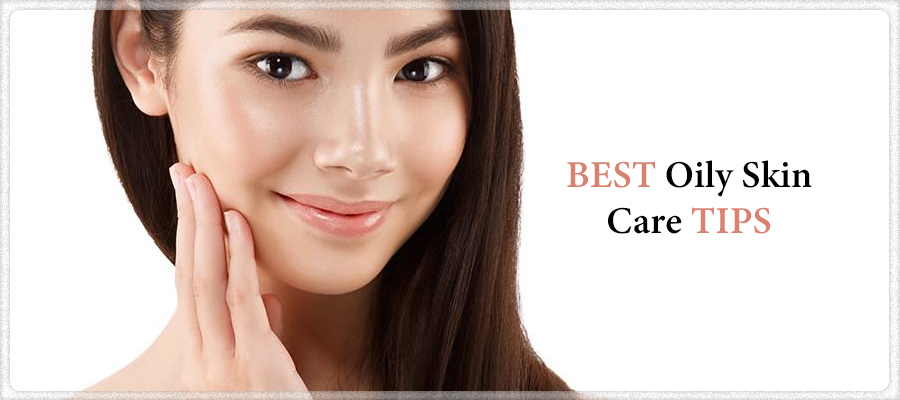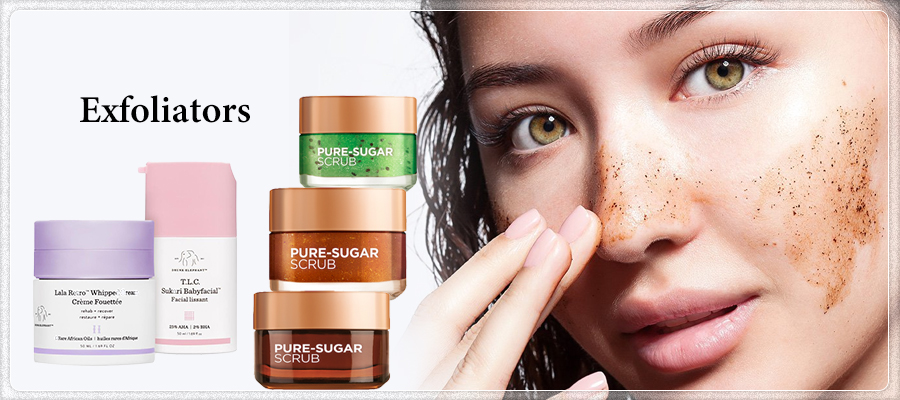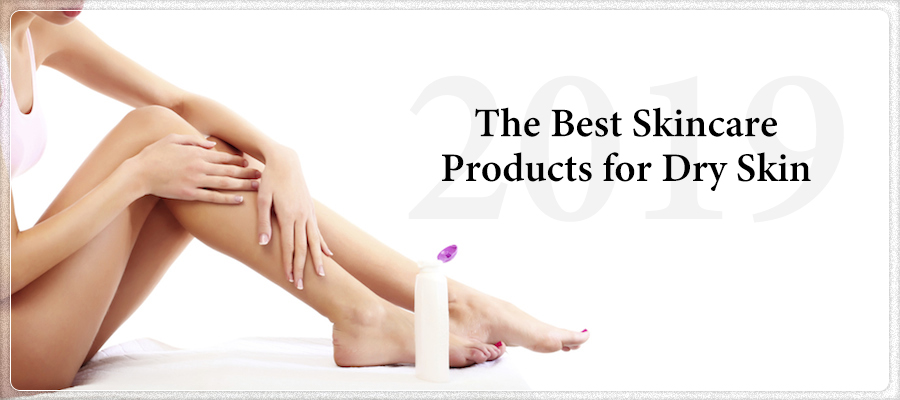The type of skin matters! You suspect to have an oily, dry or sensitive skin, but are you aware of your skin type? Being aware of your skin type can work wonders during the tenure of your cosmetic aisle.
Formulation of a daily skincare regime
Whatever be your skin type, a daily skincare regime enhances the overall appeal of your skin and addresses grey areas like dark spots, scarring and acne. As part of the daily skincare routine, there are a series of steps you need to do it in the morning and before going to bed.
• Cleansing- opt for a cleanser that is not going to make your skin tight after washing. Do not clean your face more than a couple of times during the day, even once a day suffices, if you are bestowed with dry skin and not into makeup. Keep away from a squeaky sparkling feeling as natural oils of the skin are gone. Choose a cleanser that works on all skin types like Cetaphil, Sherbet cleanser.
• Moisturizer- An oily skin needs moisturizer chooses one that is non-comedogenic, lightweight, and gel-based and is not going to clog your pores. The reputed brands are going to name their products as gels or creams
• Sunscreen lotion- Before you are heading outdoors before 15 minutes apply sunscreen lotion with at least 30 SPF as it takes a while for the sunscreen to be activated. Opt for EltaMD sunscreen lotion that is recommended by Skincare foundation.
The choice of skincare products needs to be undertaken as per skin sensitivity and type. Please read the labels properly as some prescription retinoid can be applied at night.
For the various skin types
• Be hydrated at all times
• Once in a week change pillowcases
• Wrap up or wash your hair before bed
Start with a simple skincare route and figure out how the skin reacts. Once you become comfortable new products like masks, spot treatments or exfoliates can be added to your skincare regime.
Keep in mind that you need to patch test new skincare products. If you have sensitive skin you could be allergic to certain skincare products. To test a product
• A small fraction of the product needs to be applied on a discrete area, be it your inner arm or the inside of your wrist
• For 48 hours you need to wait to figure out a reaction
• The area needs to be checked after 96 hours to figure out whether there is a delayed reaction.
An allergic reaction means redness, small bumps, irritation or itchiness. In the event of you witnessing any symptoms the area has to be washed with water and a mild cleanser. Then hand the product back and opt for a new one that suits your skin type.
A lot of ingredients in skin-based products might seem natural and cost-effective. But take note of the fact they are not formulated for the needs of your skin. Even if side effects are not immediately visible, the future holds scope for considerable damages. A better decision would be to discuss with your dermatologist if you are applying any skincare product.
How skin problems can be treated at home
Numerous ways accrue by which skin problems can be treated at home without causing damage to the skin. A golden rule to follow as part of your skincare routine is No pricking! The reason being open wounds can pave way for infections, scars or more acne. The deeper a wound, the more the scar of your skin.
Acne
The treatment of acne depends on how severe acne is. To treat acne an overall care of your skin is important, but in case of mild acne, it is better to use non -prescription medicines from local drug stores.
• Adapalene
• Alpha Hydroxy acids
• Benzoyl peroxide
After using these products in the morning you need to apply a sunscreen lotion as they can cause extra skin sensitivity.
For individual and inflamed pimples you can opt for stickers or acne patches. Pretty much like blister bandages, acne absorbs the fluid overnight. It is always suggested to use skincare products before going to bed as makeup is not going to cover them.
Sebaceous filaments
They replicate cylinder-like tubes emerging on the pores of your skin. A lot of times people end up confusing it with blackheads but the latter is a pattern of oxidized acne. This ailment makes the pores look a lot bigger and you might be tempted to remove them by pinching. In reality, these methods are known to have more side effects on your skin if you are not going to undertake them properly.
A safe method would be to visit a dermatologist but you can try to remove it at your home
• Start with a clean face
• Press the circle around the region of the bump to observe whether the filament comes out. Do not put excessive pressure as it can lead to scarring
• The area is to be treated with a toner and a moisturizer
When is the right time to get in touch with a dermatologist
A sensible option would be to seek an appointment with a dermatologist if the skin problems persist even with the use of over the counter products. The severe forms of acne or another type of problems may call for prescription treatment, in the form of topical or oral antibiotics. The dermatologist may call for a detailed inspection to figure out the acne spots that are found underneath your skin.
Be aware of the fact that based on your skin type a product works. The use of the wrong product even is a natural one can pave way for redness, blemishes and even breakouts. The key is to figure out the skin type you possess and develop a skincare regime around it. A sensible option would be to check out on product ingredients to figure out any unwanted reactions are caused.
Hop on to a dermatologist if you encounter such issues! “



















Leave a comment